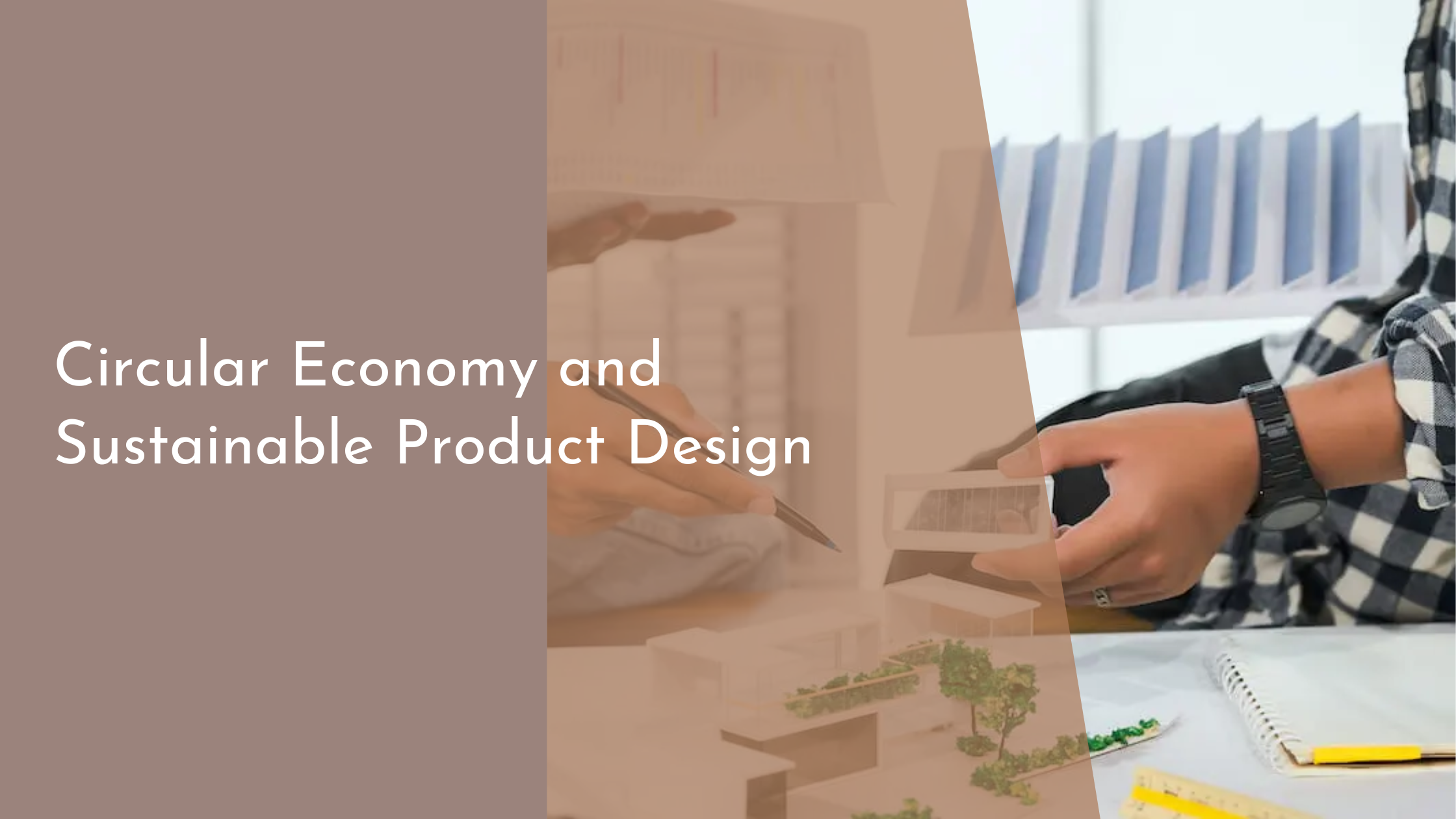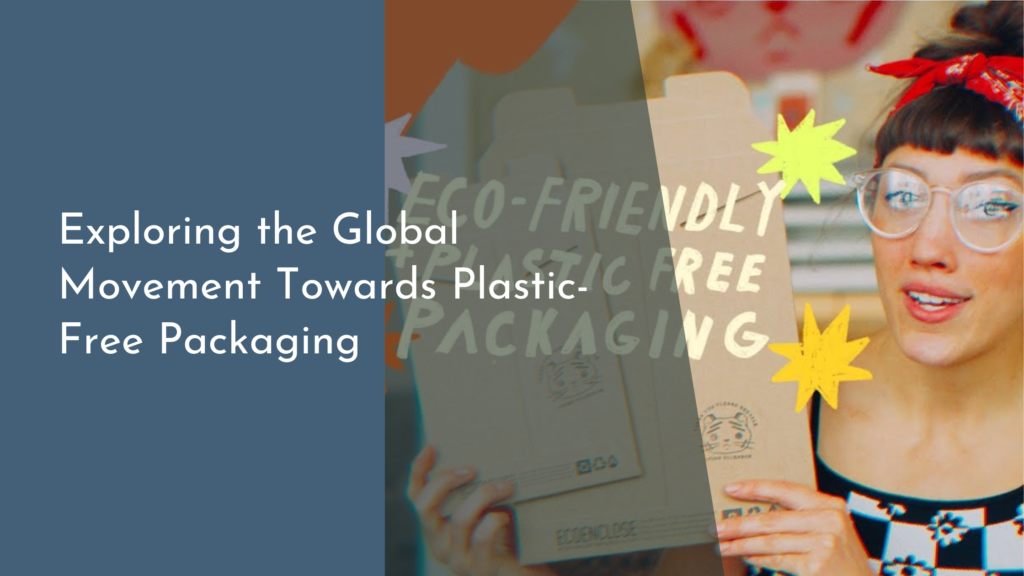Circular Economy and Sustainable Product Design
In the face of mounting environmental challenges and resource constraints, the concepts of the circular economy and sustainable product design have emerged as vital solutions. These approaches are reshaping how we think about product life cycles, resource management, and environmental impact. By focusing on sustainability and innovation, businesses and designers alike are laying the groundwork for a future where economic growth and environmental stewardship go hand in hand. Let’s delve into the essence of the circular economy and explore the principles and benefits of sustainable product design, coupled with some innovative examples leading the way.
Understanding the Circular Economy Concept
The circular economy is a transformative model that challenges the traditional linear economy of “take-make-dispose.” Instead of discarding products at the end of their lifecycle, the circular economy emphasizes keeping resources in use for as long as possible through processes like recycling, reusing, and refurbishing. This approach not only minimizes waste but also maximizes the value extracted from resources, creating a closed-loop system that benefits both the economy and the environment.
Central to the circular economy is the idea of designing out waste and pollution. By thoughtfully considering the entire lifecycle of a product from the outset, businesses can create goods that have a reduced environmental footprint. This involves using renewable materials, designing for longevity and repairability, and creating systems that enable the easy recovery and reintegration of materials back into production. This holistic approach not only conserves precious resources but also fosters innovation and economic resilience.
Principles of Sustainable Product Design
Sustainable product design is grounded in several key principles that drive the creation of products with minimal environmental impact. One essential principle is the use of sustainable materials. Designers are encouraged to choose materials that are renewable, biodegradable, or recycled, thereby reducing the reliance on finite resources and decreasing the overall ecological footprint of the product.
Another critical principle is designing for longevity and adaptability. Products should be manufactured to last and be easy to repair or upgrade over time. This not only extends the lifespan of the product but also reduces the need for frequent replacements. By creating modular designs or providing easy access to spare parts and repair instructions, designers can empower consumers to maintain and prolong the use of their products, significantly reducing waste and promoting a culture of sustainability.
Benefits of Circular Economy Practices
The adoption of circular economy practices brings numerous benefits to businesses, consumers, and the environment. For businesses, a shift towards circular practices can lead to cost savings through more efficient resource usage and reduced waste management expenses. Additionally, circular models often open up new revenue streams, such as offering take-back services or selling refurbished products.
For consumers, circular economy practices can result in higher-quality, more durable products. With a focus on longevity and repairability, consumers can enjoy products that last longer and perform better, reducing the frequency and cost of replacements. Environmentally, the circular economy significantly decreases resource extraction, lowers greenhouse gas emissions, and reduces pollution, contributing to a healthier planet.
Innovative Examples in Product Design
One standout example of circular economy innovation in product design is the clothing industry’s embrace of sustainable fashion. Brands like Patagonia and Stella McCartney are leading the charge by using recycled materials, promoting take-back programs, and encouraging consumers to repair rather than replace garments. These initiatives not only reduce textile waste but also foster a culture of care and responsibility among consumers.
Another innovative example is in the electronics sector, where companies like Fairphone are revolutionizing smartphone design. Fairphone’s modular phones are built with ethically sourced materials and designed for easy repair and upgrades. This approach not only extends the life of each device but also empowers users to take control of their devices’ lifecycle, substantially reducing electronic waste and setting a new standard for the industry.
As we continue to grapple with the challenges of sustainability, the circular economy and sustainable product design offer optimistic and practical pathways forward. By reimagining how we create, use, and dispose of products, we can build a more sustainable future that balances economic needs with environmental stewardship. Whether through innovative product designs or the adoption of circular practices, the potential for positive impact is vast and inspiring. Through collective efforts, we can create a world where resources are used wisely, waste is minimized, and the well-being of our planet is prioritized.


